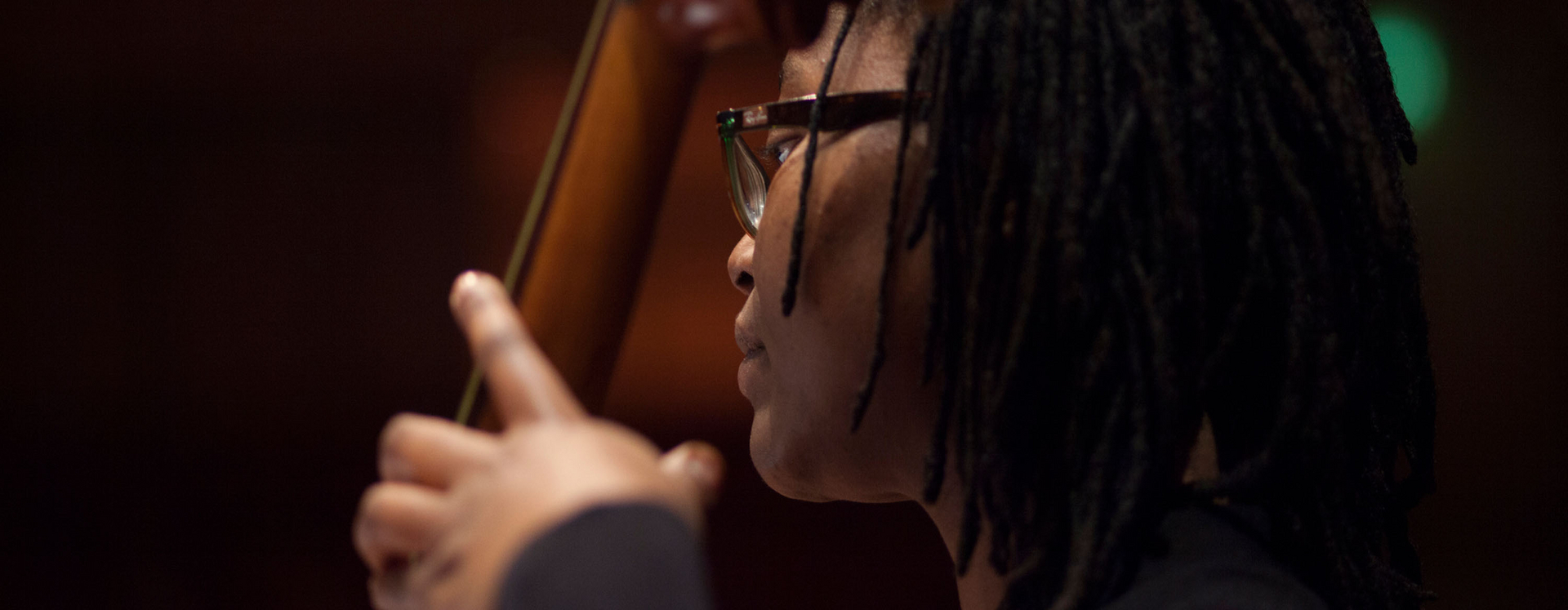Literature Research 1750-1850
This course is optional for all Early Music students and gives a practical survey of 18th-century treatises and secundary literature in three blocks:
Block I. Treatises and Secundary Literature
Through a thorough reading of key treatises and secundary literature and articles, we will investigate the nature of the 18th-century style and performance practices. Sources include treatises for keyboard (Bach, Türk, Milchmeyer), violin (Mozart, Spohr), voice (Hiller, Garcia), flute (Quantz, Tromlitz) and others, to be selected according to the student's interests. Students will read items from an extensive reading list before each class and are expected to present the most important findings on class, as well as be prepared to discuss these subjects.
Block II. Capita Selecta in Historical Performance Practice
Depending on instrument and interest, each student will chose a subject to read about, with a focus on the classical and early 19th-century repertory and literature. Possible choices include 18th-century articulation, the art of pedalling, the art of tonguing, editing, early fingering, bowing, rhetoric, vibrato, instrument history, 18th-century aesthetics, and many other possible other topics to be chosen according to the student's individual needs and interests, leading up to short lecture-demonstrations of the topic chosen. Students will be expected to prepare a hand-out and a selected bibliography on their subject.
Each student will be expected to check out letters, certain collections, collected work editions, biographies, as well as find a book or an article on their key subject after 1980 for our readers.
Block III. Library Research Programme
In cooperation with the libraries of Musicology and the Royal Library at The Hague, each student is required to prepare a chamber music programme and prepare programme notes, to be presented to the imaginary Van Swieten Society in Vienna to be included in their next season's concert schedule. The programme is based on repertory for the student's own instrument or voice type. Possible pieces on the programme may not include the great classical and romantic masters and well-known pieces, but must primarily consist of lesser-known composers and works. A majority of the works on the programme must not be available in a modern edition; manuscript copies or copies of first editions must be presented with the programme. The programme must be coherent, of a normal length, and performable; to this end each piece must be seen by the student, its quality ascertained, its length estimated, the maximum number of musicians allowed for his or her specific assigment must be taken into account, the background of the pieces investigated, and programme notes must be presented of a decent musicological content and quality.
course details
Duration of the course
3 x 4 classes
Teacher
Bart van Oort
Teaching method
Group tutorial
Examination
Presentation
Credits
3
